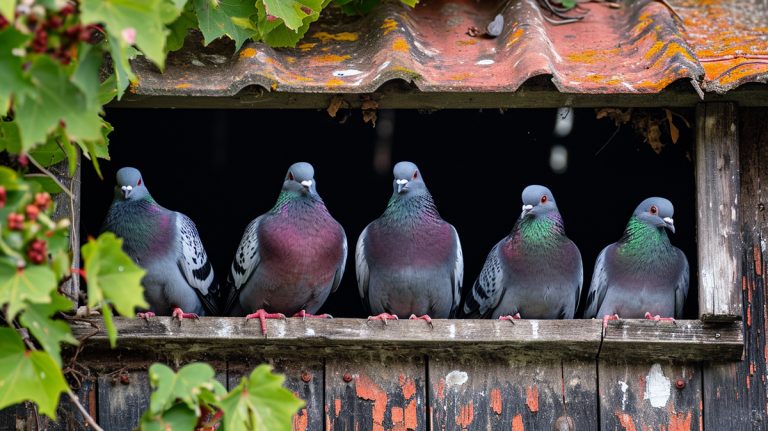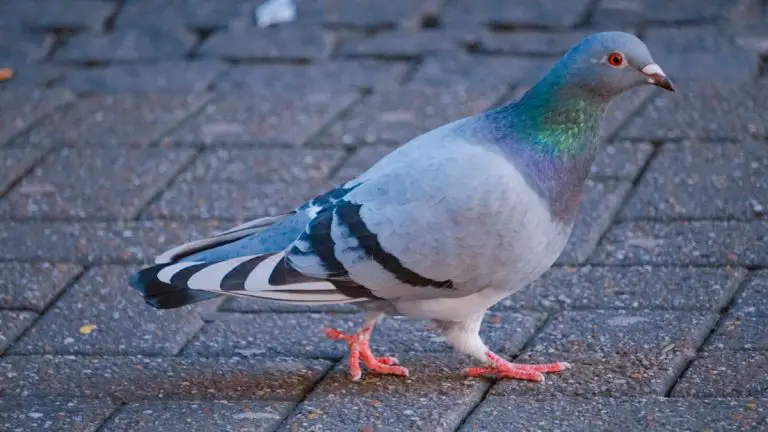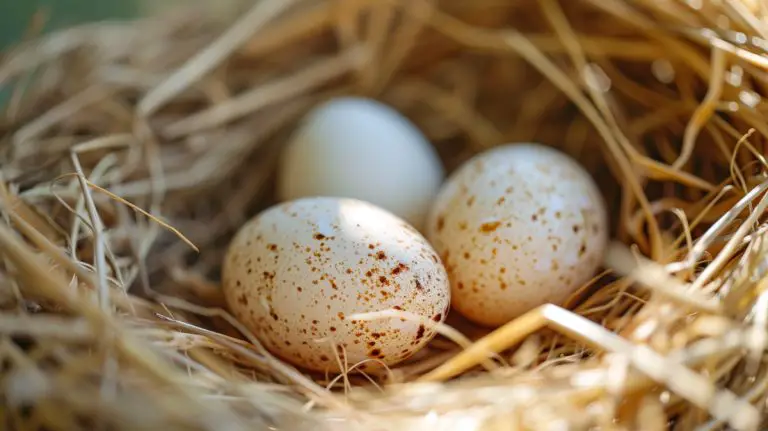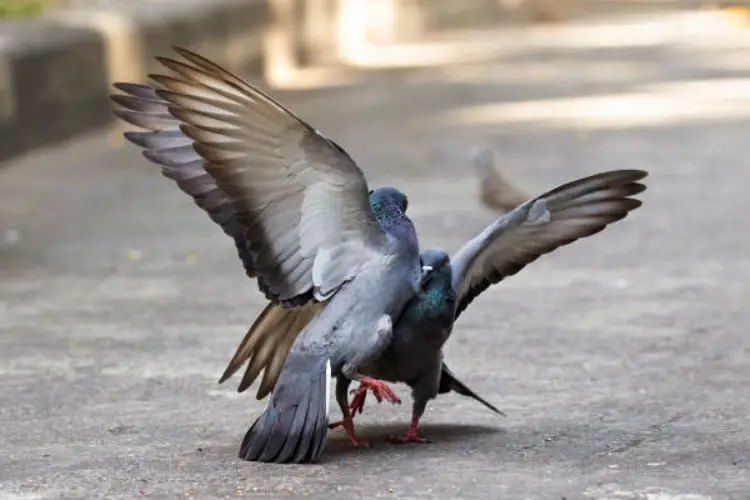How To Build A Racing Pigeon Loft?
Building a pigeon loft properly allows you to control the environment in which your birds live. By providing a safe and secure space for them, you can ensure that they are protected from predators and adverse weather conditions.
So, how to build a racing pigeon loft includes? First, consider the number of pigeons to determine the size. Construct the frame with 2×4 lumber. Add insulation, install wire mesh, build the nest boxes, add perches, and finally, install flooring and a door.
Follow on as we buttress more on the short process above and provide you with other relevant information about the loft of racing pigeons. Let’s dive in.
Materials And Tools Needed For Building A Racing Pigeon Loft
To build a loft, you will need the following materials and tools:

Materials
- Lumber for framing and siding
- Plywood or oriented strand board (OSB) for roofing and sheathing
- Roofing material (shingles or metal)
- Wire mesh for the floor and walls
- Nails, screws, and other fasteners
- Insulation (optional)
- Paint or stain for finishing
Tools
- Circular saw or handsaw
- Power drill and drill bits
- Hammer and nails
- Screwdriver and screws
- Wire cutters and pliers
- Measuring tape and level
- Carpenter’s square
- Staple gun (optional)
Step By Step Guide On How To Build A Traditional/Classic Design Racing Pigeon Loft
Building a loft requires careful planning and execution. Here is a step-by-step guide to building a traditional or classic design racing pigeon loft.
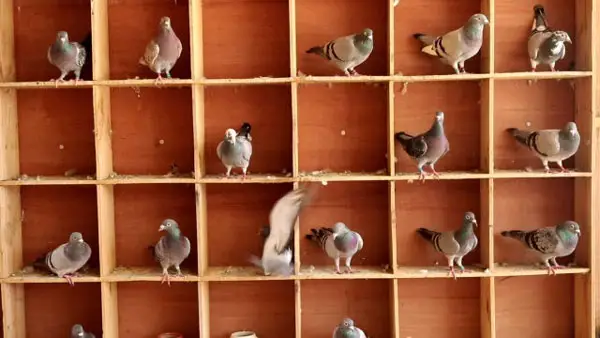
Step 1: Gather Materials
The materials required for constructing a pigeon loft will depend on your design. But some common items are mentioned above. Make sure you have all the necessary items before you start the construction process.
Step 2: Construct the frame
Start by constructing the frame of the loft. Use 2×4 lumber to create the walls and roof of your pigeon loft. Make sure the frame is level and square. Use a nail gun or hammer to nail to secure the frame.
Step 3: Add insulation
Once the frame is complete, it is time to add insulation. Use rigid foam insulation to insulate the walls and ceiling of the loft. Make sure that the insulation is flush with the walls and ceiling.
Step 4: Install wire mesh
Install wire mesh on the walls and roof of your loft. This will provide ventilation and prevent predators from entering the loft. Use a staple gun or wire ties to secure the wire mesh to the frame.
Step 5: Build the nest boxes
Nest boxes are where your pigeons will rest and lay eggs. Build nest boxes using plywood or any other suitable equipment. Cut the wood to the appropriate length and assemble the boxes using screws and nails. Install the nest boxes in the appropriate place inside the loft.
Step 6: Add perches
Perches are essential for pigeons to rest and sleep. Use wooden dowels or branches to create perches inside the loft. Make sure that the perches are spaced out and allow for enough room for your pigeons to move around.
Step 7: Install flooring
Common options for the floor include concrete, plywood, or wire mesh. The flooring should be easy to clean and prevent moisture from building up inside the loft.
Step 8: Install a door
Finally, install a door that provides easy access to the loft. Ensure the door is secure and can be locked to prevent unauthorized access.
Design Considerations: Location, Size, And Placement Of The Loft
There are a few key design considerations to keep in mind to ensure that your pigeons are happy, healthy, and ready to race.

Location
Pigeons require fresh air and natural light. So the loft must be located in an open and airy location. The loft should also be situated in an area that is free from noise and other disturbances that may disturb the pigeons.
In addition, it is important to note that the pigeon loft should be built in a place that is not near power lines or towers. This is because they may disrupt the birds’ magnetic navigation system.
Size
The actual size of the loft must be determined by how many pigeons it will house, as well as the available space. Generally, each pigeon should possess at least two square feet of space, with a minimum height of 6 feet.
This will give them plenty of room to move around and stretch their wings, as well as provide adequate space for nesting boxes and perches.
It’s also a good idea to plan for future growth, as you may decide to add more birds to your flock down the line. The recommended dimensions for a pigeon loft should be at least 8-12 feet in length, 6-8 feet in width, and at least 6 feet in height.
Placement of the Loft
The loft should be positioned facing south or east to maximize exposure to natural light. It’s also a good idea to elevate the loft off the ground, as this will help to protect your birds from predators and provide better air circulation.
Additionally, racing pigeons are highly sensitive to wind conditions, and a poorly placed loft can make it difficult for your birds to fly and navigate effectively.
Ideally, you’ll want to place your loft so that it is facing in the direction of the prevailing winds. This will allow your birds to take off and land more easily.
Ventilation And Lighting: Key Factors For a Healthy Loft
Here are the key health factors to ensure while designing a pigeon loft.
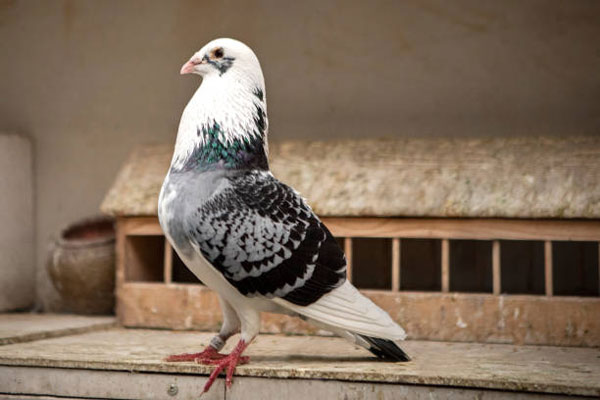
Ventilation
Pigeons are prone to respiratory problems, and a poorly ventilated loft can lead to health issues and decreased performance of your racing pigeons. To ensure the loft is well-ventilated, you should aim to provide plenty of openings and airflow throughout the structure.
Also, incorporate a ridge vent along the top of the roof, which will allow hot air to escape and cool air to enter. You should also consider installing windows or vents along the sides of the loft to promote cross-ventilation.
Lighting
Pigeons are highly sensitive to light. Exposure to natural light is important for regulating their biological rhythms and promoting optimal health and performance. The loft should be designed to allow plenty of natural light to enter the structure throughout the day.
You can achieve this by installing large windows or skylights or by using translucent roofing materials that allow light to filter through. You should also consider supplementing natural light with artificial lighting.
Safety Measures: Protecting Racing Pigeons From Predators And The Elements
Building a loft requires more than just assembling a few pieces of wood and mesh wire. You need to consider the safety of your pigeons from predators and the elements. Keep the following things in mind.
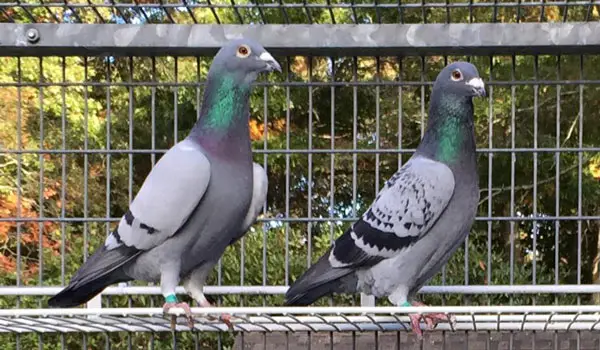
Construct A Secure Loft
The loft should be made of sturdy equipment like wood or metal. Also, the doors and windows should be secure to prevent pigeon predators from gaining access.
When choosing building equipment for your loft, be sure to select ones that are durable and can withstand harsh weather conditions such as rain, snow, and wind. You’ll also want to use items that are easy to clean and maintain, like wood or metal.
Install Predator-proofing Measures
Install wire mesh or a fence around the loft. You can also install predator deterrents like motion-activated sprinklers or predator lights. It’s important to check the loft regularly for signs of damage or intruders.
Protect The Loft From The Elements
Insulating the loft can help keep the birds warm in the winter and cool in the summer. You can also install a roof overhang to provide shade during hot weather.
Types Of Loft Designs With Their Pros And Cons
Here are some of the most common types of loft designs and their pros and cons.
Classic Design
The classic design is the most traditional type of pigeon loft. It’s a simple, rectangular structure with a peaked roof and a single door at one end. The interior of the loft is divided into individual compartments where the birds can rest and feed.
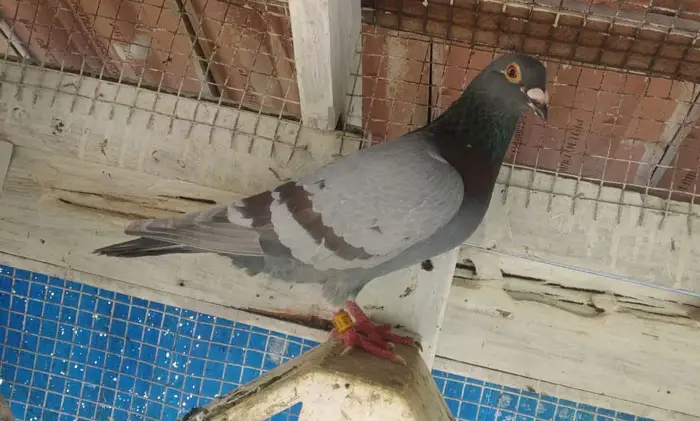
Pros
- Easy to construct and provides ample space for the birds.
- It’s also easy to maintain and clean.
Cons
- This design can be a bit cramped, and the birds may feel crowded if the compartments are too small.
- The single door can be a disadvantage if you need to move large items in and out of the loft.
Open-Front Design
The open-front design is a more modern style of pigeon loft that allows for better ventilation and natural lighting. The front of the loft is open, and the birds can come and go as they please.
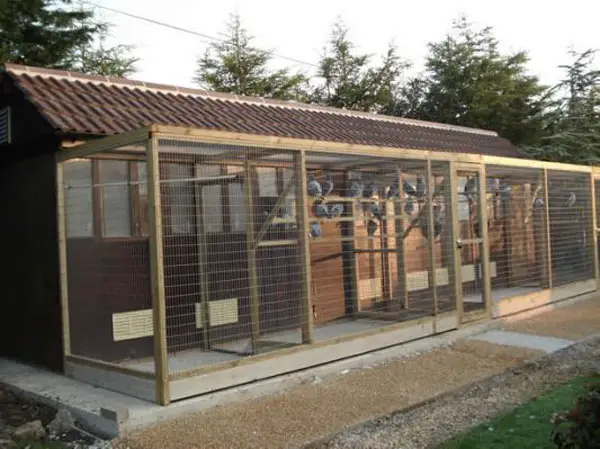
Pros
- The open-front design provides excellent ventilation and natural lighting,
- Promote better health for the birds.
- Allows for easier access to the birds and makes cleaning the loft easier.
Cons
- This design can be less secure than other types of lofts, as predators may be able to enter through the open front.
- The birds may be more susceptible to drafts and cold temperatures in the winter.
Aviary Design
The aviary design is a larger, more spacious type of pigeon loft that provides ample room for the birds to fly and exercise. It typically includes a large outdoor area and has multiple levels or compartments for the birds to explore.

Pros
- Provide plenty of space for the birds to fly and exercise, which can help keep them healthy and happy.
- It also allows for better socialization among the birds.
Cons
- This design can be more difficult to construct and maintain.
- Require a larger space to accommodate the volume of the aviary.
- Less secure than other types of lofts, as predators may be able to enter the outdoor area.
Maintenance and Cleaning: Ensuring the Health and Well-Being of Racing Pigeons
Maintaining a clean and healthy pigeon loft is essential to the well-being of your birds. Here are some tips for maintaining and cleaning your racing pigeon loft.
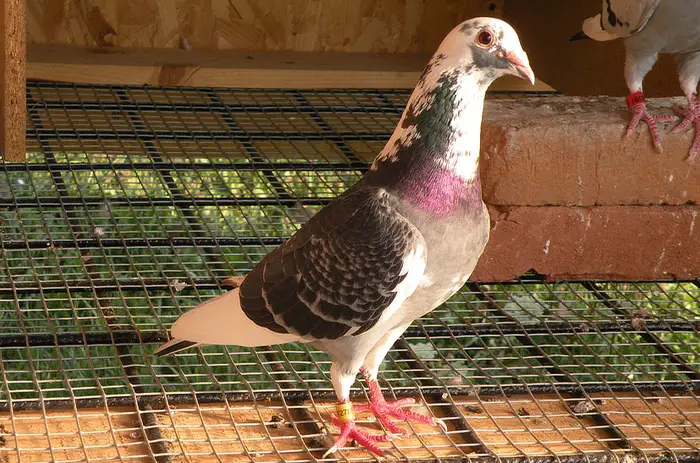
Regular Cleaning
This includes removing droppings, changing nesting compartments and cleaning food and water dishes. Depending on the magnitude of your loft and the number of birds you have, you may need to clean the loft daily or every few days.
Proper Ventilation
Make sure your loft has adequate ventilation by installing windows, vents, or fans.
Disinfecting
Use a disinfectant recommended for use in pigeon lofts and follow the manufacturer’s instructions. Disinfect all surfaces, including walls, floors, and nesting areas.
Pest Control
Regular pest control measures, such as using insecticides and traps, can help keep pests under control. Make sure to use pest control products that are safe for use around birds.
Regular Inspections
Look for signs of illness or injury in your birds, as well as any signs of damage or wear and tear on the loft itself.
If you’re interested in constructing a top-quality racing pigeon loft, our article on what is the highest price paid for a racing pigeon provides valuable insights into the loft designs and features favored by the most dedicated pigeon enthusiasts. Additionally, if you want to learn how to attract racing pigeons to come to you, our article on how to get a racing pigeon to come to you offers practical tips and techniques. By combining a well-constructed racing pigeon loft with effective strategies for attracting pigeons, you can optimize your chances of success in this thrilling sport.Final Words
Building a loft is a complex process that requires careful planning and attention to detail. Key factors such as location, volume, design, equipment, ventilation, lighting, and safety measures must be kept in mind.
Also, maintenance and cleaning are all important to consider to ensure the health and well-being of your birds.
By following the tips and advice outlined in this article, you can build a safe and comfortable loft. To provide a healthy environment for your pigeons to thrive and perform at their best. Start building your loft today and embark on an exciting and rewarding journey with your feathered friends.


